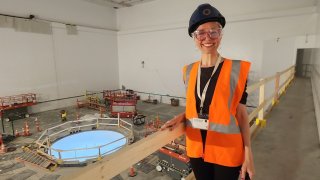
- Bob Mumgaard, CEO of Commonwealth Fusion Systems, spoke with CNBC about why now is a tipping point for the fusion industry.
- The firm is a leader in the nascent space with more than $2 billion in funding.
- At the end of May, CNBC went to Devens, Massachusetts, to see what it looks like to build a fusion reactor.
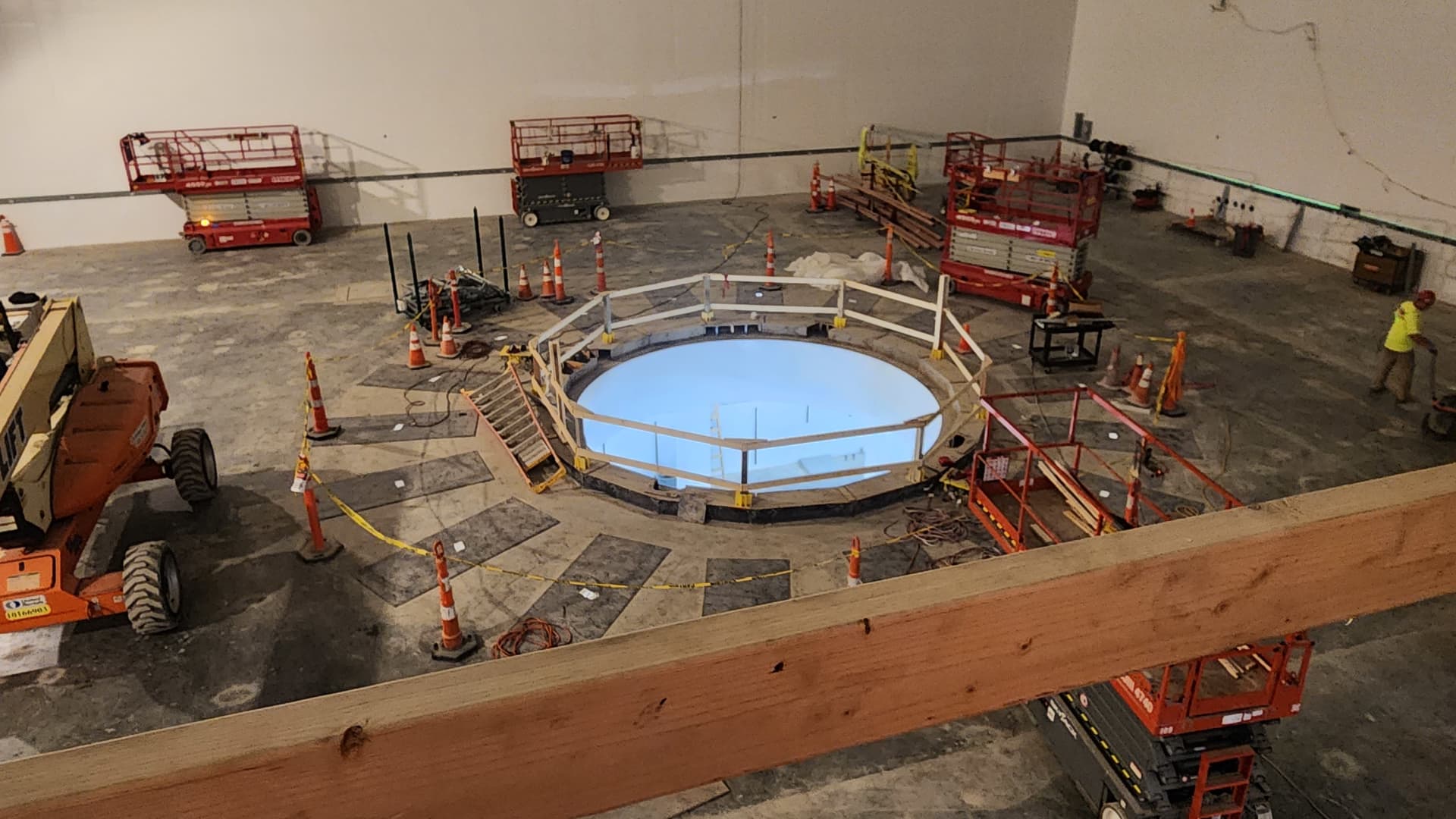
Commonwealth Fusion Systems CEO Bob Mumgaard is a student of the history of technology.
"If you go and you look at what fusion looks like today, you say, 'Oh this feels kind of like flight in 1918,'" Mumgaard told CNBC in a recent video interview.
Get Philly local news, weather forecasts, sports and entertainment stories to your inbox. Sign up for NBC Philadelphia newsletters.
In June 1919, two British aviators and war veterans made the first-ever nonstop transatlantic flight, departing from St. John's, Newfoundland, and landing in County Galway, Ireland. A century later, transatlantic flights are so common, they're not even noteworthy.
Nuclear fusion is the way stars make energy. A fusion reaction releases more energy than nuclear fission, which is the way nuclear reactors generate power today. Similar to fission, fusion does not release any of the greenhouse gasses that cause global warming. Unlike fission, it also does not generate long-lasting nuclear waste.
For all these reasons, fusion is often called the "Holy Grail" of clean energy.
Money Report
Research into a device that can replicate and maintain fusion on earth stretches back to the 1950s, but is showing new, if uneven, progress. Scientists at Lawrence Livermore National Lab announced in May they were able to momentarily achieve the key fusion milestone known as ignition, where more power is generated from the reaction than goes into the reaction to get it going, but that was a brief flicker. A fusion power plant has been, so far, firmly rooted in the realm of science fiction.
Commonwealth is trying to change that, and has raised more than $2 billion in venture capital from the likes of Bill Gates, Gates' climate investment firm Breakthrough Energy Ventures, Google, John Doerr, Khosla Ventures, Lowercarbon Capital, Marc Benioff's TIME Ventures and more. That's more private capital than any other fusion startup, according to the Fusion Industry Association, the industry's trade group.
Last week, Commonwealth announced it was one of the eight companies selected by the U.S. Department of Energy to receive a collective $46 million in funding as it achieved certain preestablished milestones.
So why now?
Mumgaard is used to hearing all the reasons why fusion won't work.
"The skepticism is understandable," Mumgaard told CNBC. "That doesn't bother us. We have to build things and show that they work."
Historically, humans are slow to change their understanding of technological possibility.
"Everyone has different thresholds for what they have to see to believe something," Mumgaard said. "When the Wright brothers were flying, you still had skeptics that said planes couldn't exist."
But Mumgaard also asks for a bit of optimism and curiosity, too. "You don't have to believe us today. But you at least have to be interested in watching the story and tracking the story. And it's a race. We're at the beginning of a race," Mumgaard told CNBC.

You don't need to be a nuclear physicist to follow this race. Mumgaard laid out the stages for fusion watchers to look for. First, fusion companies need to make plasma, which is the fourth state of matter after solid, liquid and gas, and is the very fragile condition necessary to maintain a fusion reaction. Then, fusion companies need to make that plasma super hot. Then, that hot plasma has to be confined and protected. In the industry, this trio of conditions — density, temperature and confinement or insulation — is called the "triple product."
Once fusion companies get that triple product, they then are going to start reaching ignition, after which they will generate an abundance of clean, waste-free energy.
Or so that's the plan. Right now, that race is "accelerating," Mumgaard says. "You're seeing more entrants; you're seeing entrants get faster and pull away."
Demand for clean energy, advancements in science and development in the technology of the component parts necessary to make a fusion device are all coming together right now to make this moment the tipping point in the race for fusion, Mumgaard says.
The first factor is the increasingly urgent demand for new sources of energy that do not contribute to climate change.
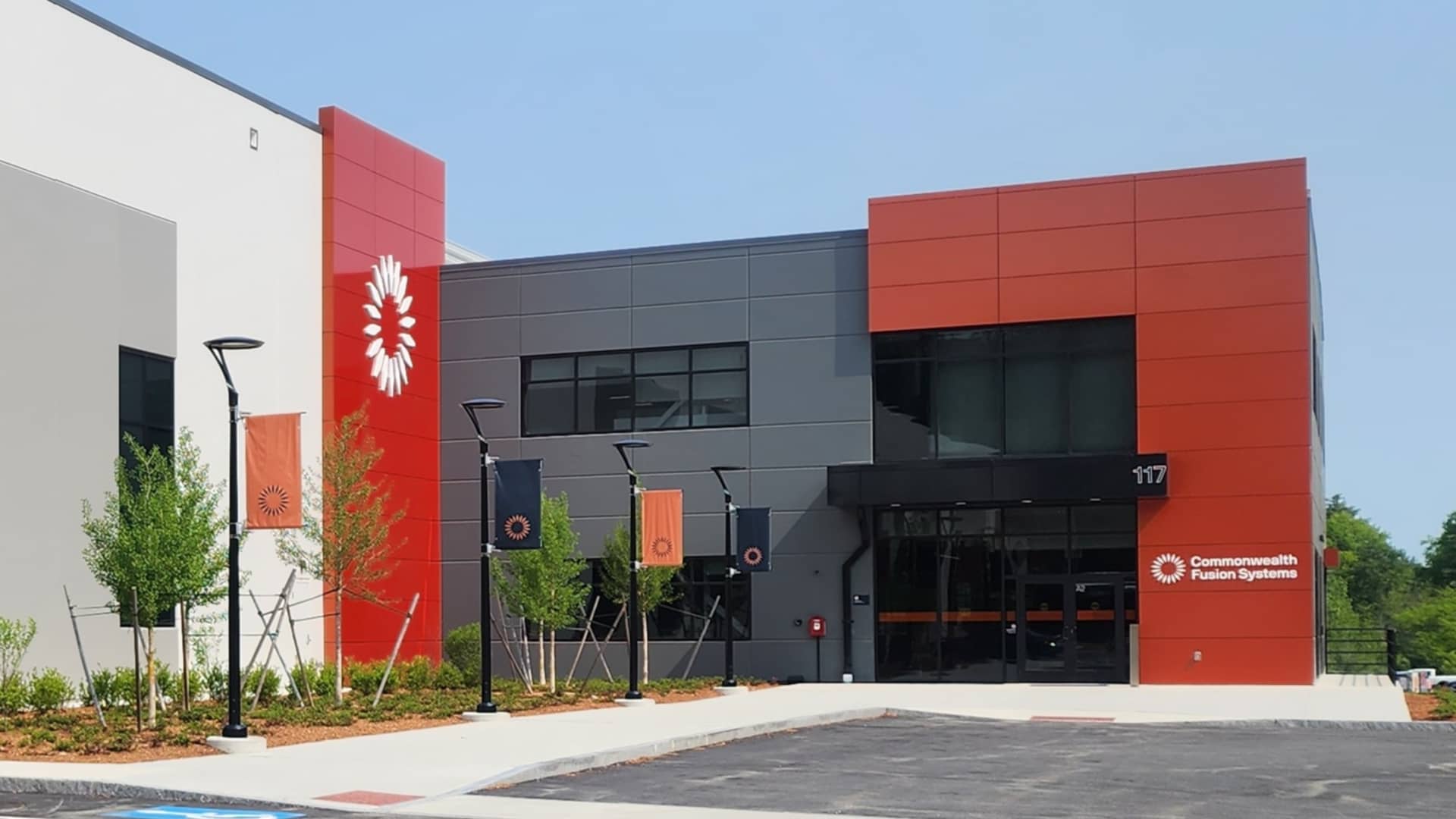
Top climate scientists at the United Nations Intergovernmental Panel on Climate Change have said that to have "no or limited" overshoot of the 1.5 degrees Celsius warming above pre-industrial levels will require hitting net-zero around 2050. Knowing the world needs to go to net-zero global emissions by 2050 is akin to being in the analog age and knowing precisely when the Internet Revolution was going to begin, Mumgaard says.
"The energy transition is the largest market transition in human history," Mumgaard told CNBC. That's more than generating electricity. "How we generate power, how we make our chemicals, how we do our steel, how we do our cement — you are taking all of that and you are rebuilding it without carbon."
Wind and solar energy are already being deployed at scale, but fusion can serve to replace large, baseload energy demands such as powering steel and cement manufacturing, industrial furnaces and urban centers. "That's a missing hole," Mumgaard told CNBC. "And it gets more and more acute as you get deeper and deeper into the transition."
Nuclear fission could be that kind of baseload energy, but as Germany has very recently demonstrated, some populations are against fission because of the waste and risk of nuclear accidents similar to those at Chernobyl and Fukushima.
"We don't want to limit our options to either force something that people don't want, or to hope that we convince people of something that they're dead set against," Mumgaard told CNBC.
In addition to increased demand, a set of scientific and technological advances are also pushing fusion forward.
"We've constantly actually gotten better and better at fusion, even though from the outside, we haven't passed a big milestone by making a fusion power plant," Mumgaard told CNBC. "We've just accumulated a huge amount of science the same way like we accumulate a huge amount of science about gene sequence, about the genome."
Large supercomputers are good enough now to simulate what is happening inside fusion devices, and technological developments such as machine learning and fast actuators are being applied to making fusion devices in new ways.
Most critically for Commonwealth, the capacity to build ultrastrong magnets is better now than it ever has been before.
Commonwealth uses those magnets to hold the plasma in place, and five years ago they didn't exist, Mumgaard told CNBC, because the material used to make them didn't exist at the quantities necessary.
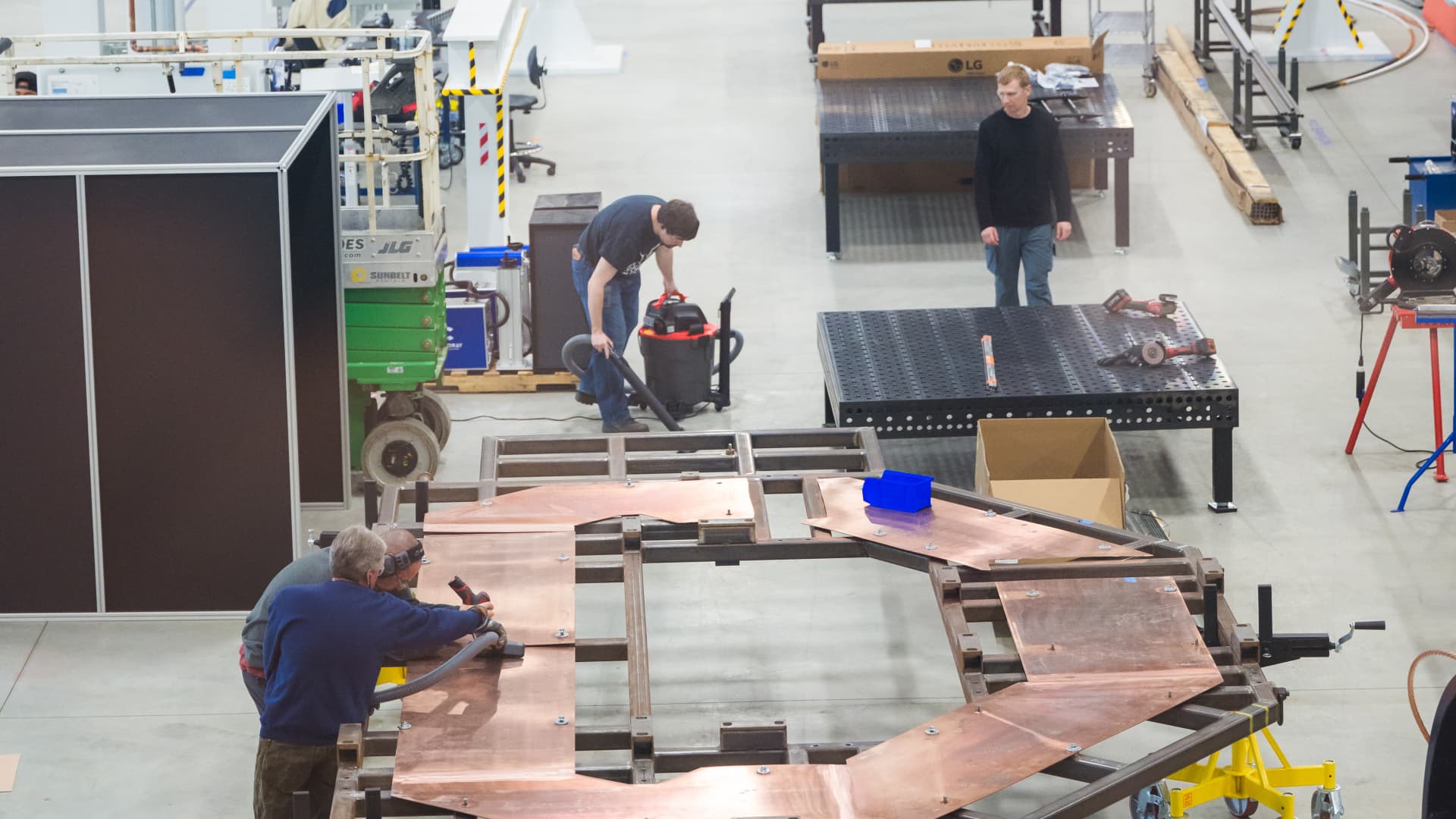
That material is a high-temperature superconducting tape. The breakthrough of making high-temperature superconducting material was achieved in the 1980s, and won two physicists the Nobel Prize in 1987 for their discovery. But it took a long time and lots of science before that material could be made outside a lab, Mumgaard says.
What it looks like to spend $2 billion to build a fusion machine
In the race to deliver fusion, Commonwealth is a front-runner.
"Since their founding only five years ago, the growth at Commonwealth Fusion Systems has been groundbreaking. Their growth is not based on speculation or idle promises, but on results," Andrew Holland, CEO of the Fusion Industry Association, a trade group, told CNBC. "Their leadership role in helping organize the fusion industry has lifted the whole industry toward a vision for commercialization on an aggressive timeline."
At Commonwealth's 50-acre headquarters in Devens, Massachusetts, about 40 miles from Boston, chief scientific officer Brandon Sorbom told CNBC the company has a significant procurement team managing the supply chain necessary to build a tokamak, the donut-shaped fusion device at the heart of the company's system, in addition to an extensive team manufacturing parts on site.
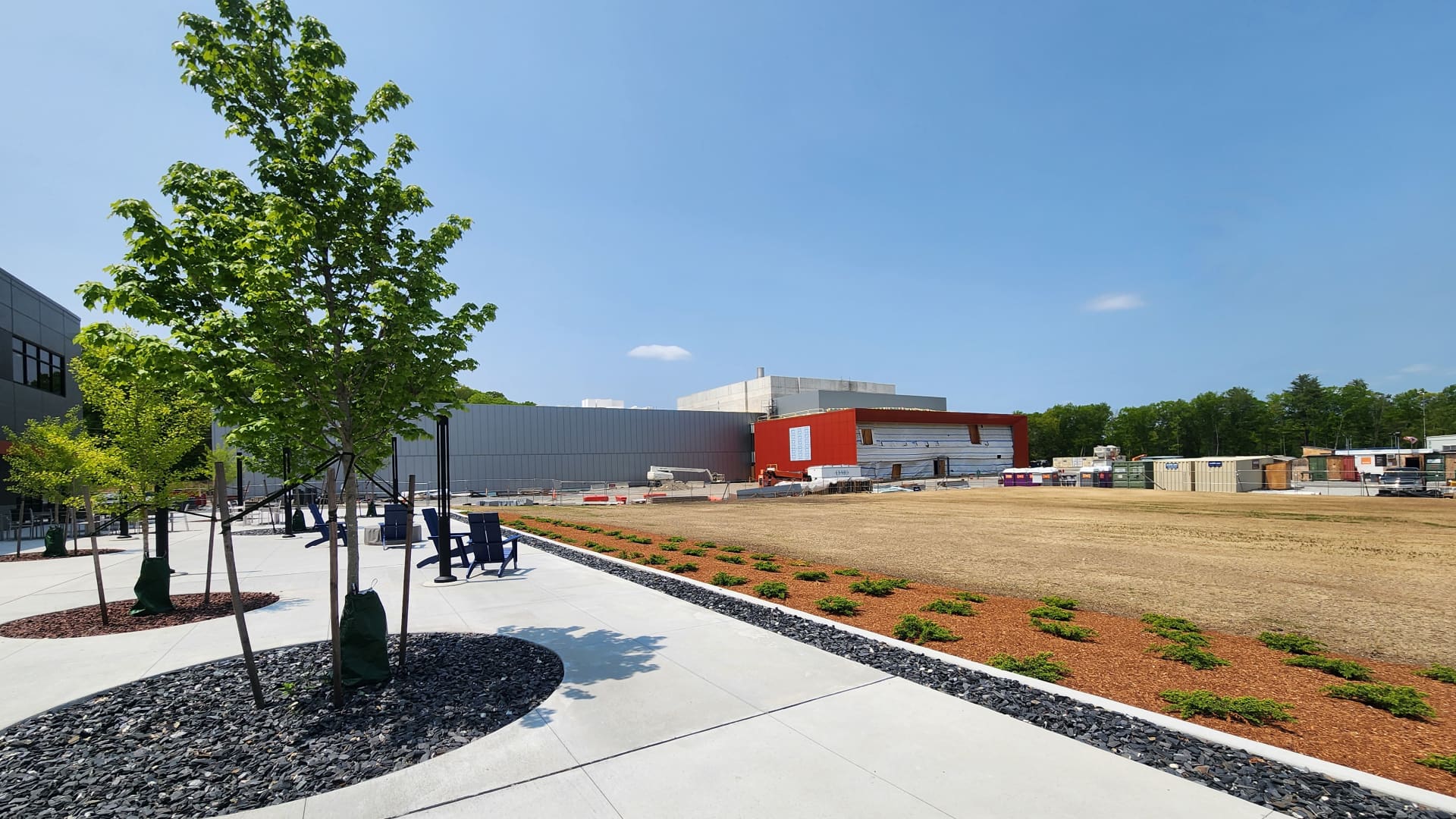
Right now, Commonwealth is focused on building its tokamak, called SPARC, with a goal of turning it on in 2025. It will shortly thereafter demonstrate net energy gain, Sorbom told CNBC.
After building SPARC, Commonwealth's next goal is to build ARC, a more mature version of its fusion device that will deliver electricity to the grid, Sorbom told CNBC. ARC is scheduled to be completed in the early 2030s and will collect the heat generated by the fusion reaction in molten salt and use that heat to turn a turbine generator to make electricity, Sorbom added.
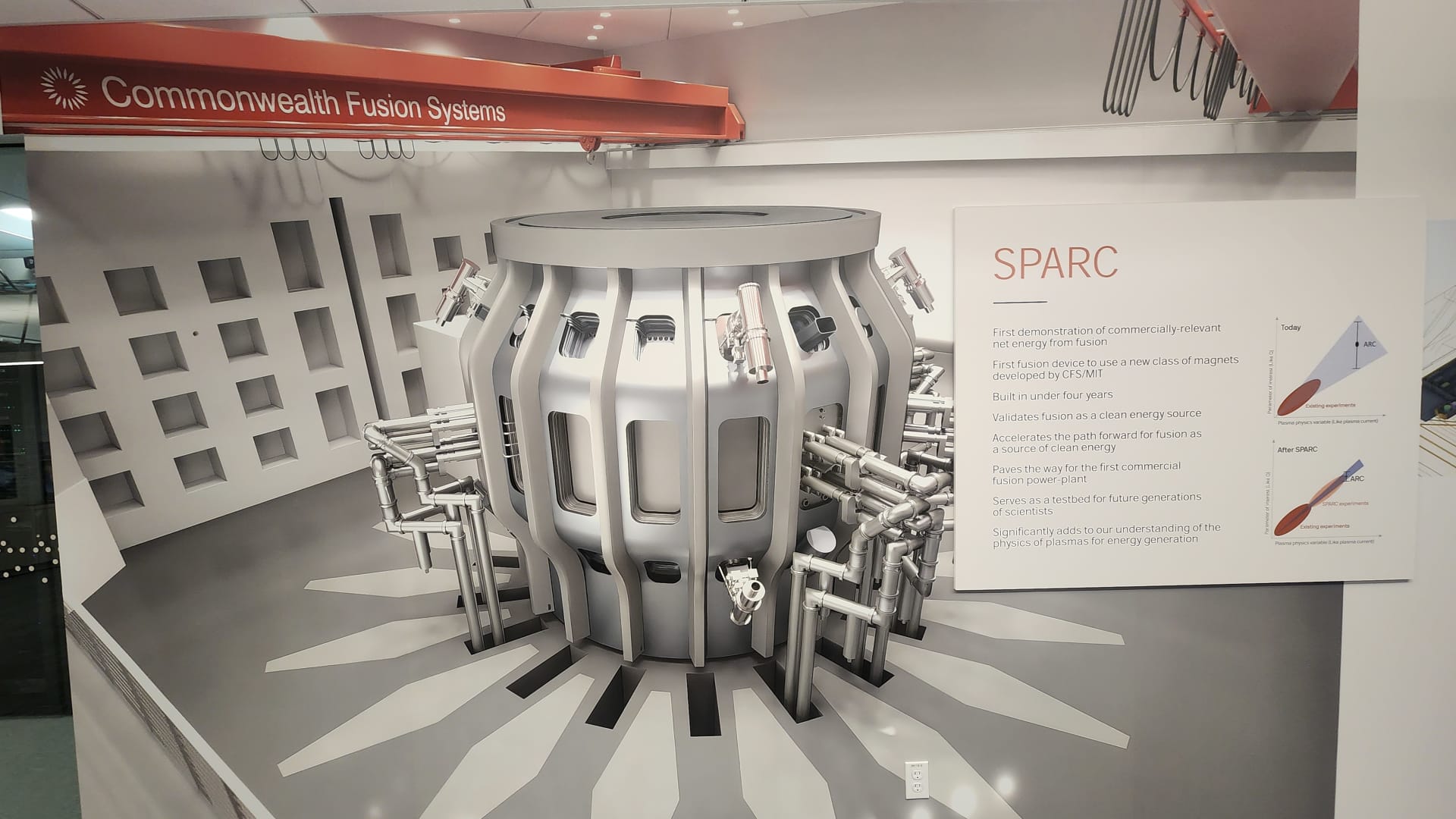
Early on, Commonwealth will develop and be partial owner of fusion power plants, Ally Yost, chief of staff, told CNBC, and will make money as other power generators do: by selling electricity.
But eventually, Commonwealth will operate more like Boeing does for the airline industry.
"They are the designers and owners of the IP around the designs of the planes. They are manufacturers of key components." Commonwealth may also have a service component of its business and customers will likely be utilities, industrial companies or energy-hungry tech companies, Yost told CNBC.
But right now, the focus is getting the demonstration plant, SPARC, turned on.
The facility that will house SPARC has five prongs, and at the center is the room that houses the tokamak, Alex Creely, the head of tokamak operations, told CNBC during a tour of the facility. It will be 25 feet tall and about 25 feet in diameter, and the ARC tokamak is going to be roughly twice as big.
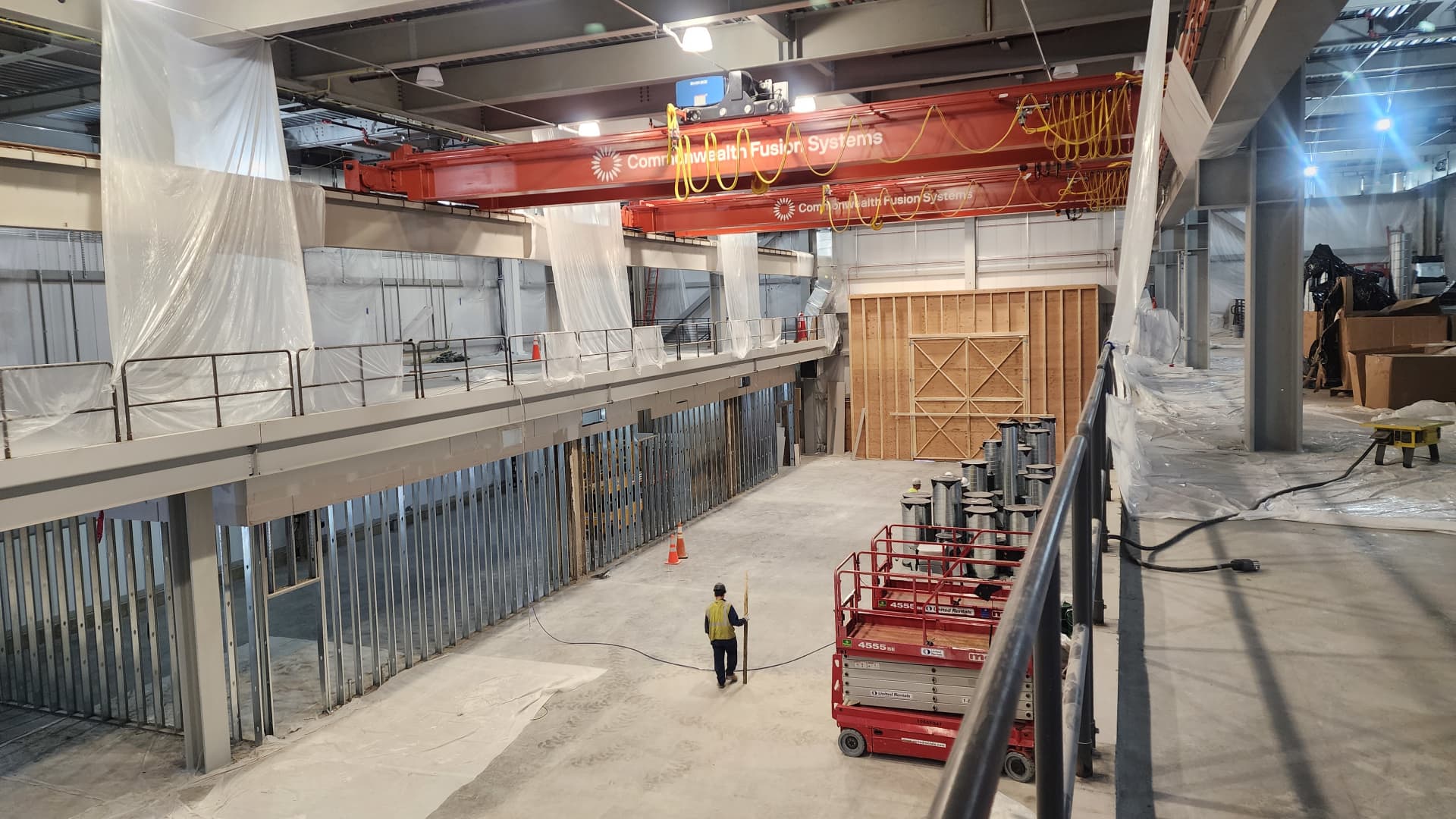
Even though Commonwealth is still only building its first demonstration reactor, Mumgaard sees the dawning of the fusion age as inevitable.
"To know that it is not just scientifically feasible, but industrially feasible and commercially feasible, and that there is momentum to turn that into a product and take that heat and turn it into electricity, that is a big deal," Mumgaard told CNBC. "Once you know you have that option, how does it change that bigger story on climate?"






